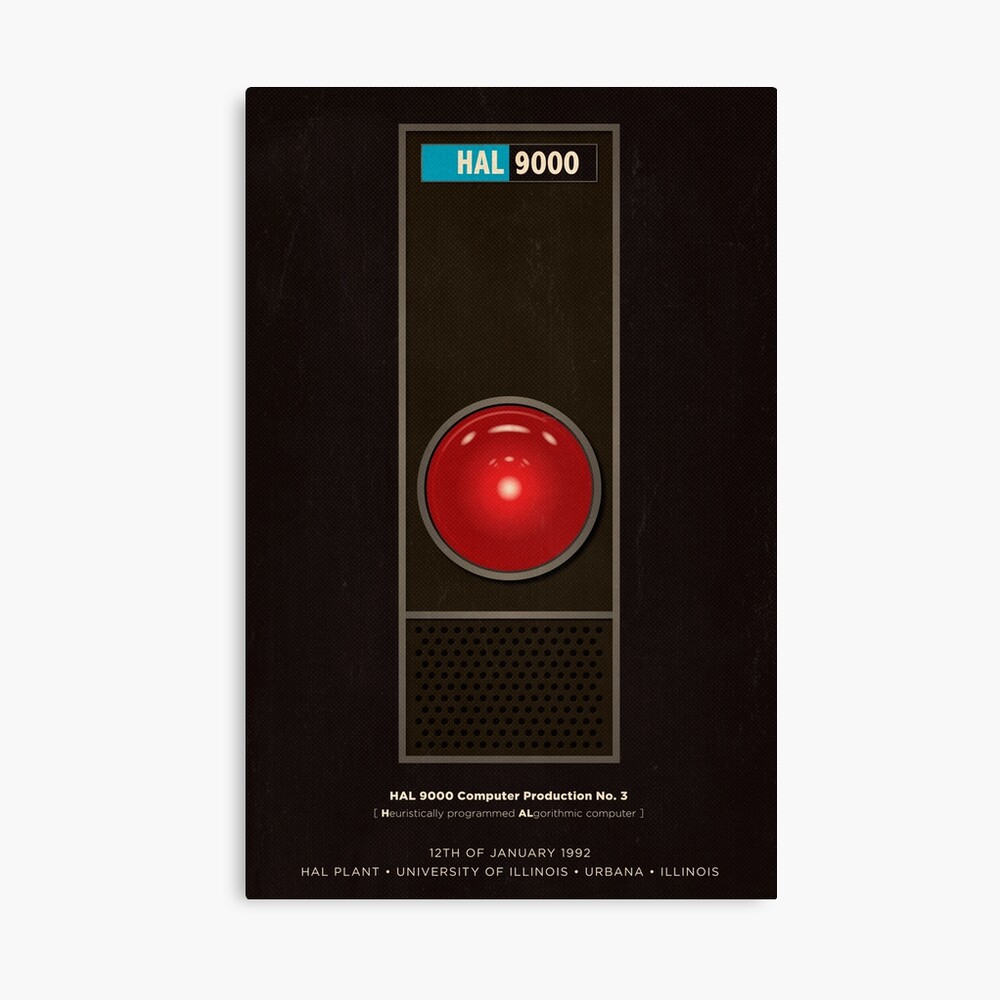

It can speak, listen, read faces and (importantly) lips, interpret emotions, and play chess In 2015, WIREDreferred to him as a "proto-Siri." The crew depends on it for everything-which becomes a problem when, 80 million miles from Earth, HAL begins to behave erratically. HAL, by extension, became an important cultural reference for anybody thinking about artificial intelligence and the future of computers. Praised for its innovative vision and attention to scientific detail, the film was hailed in WIRED magazine as “a carefully wrought prediction for the future.” When it hit theatre screens in 1968, 2001 swiftly became an iconic thought-experiment on the future of humanity in space. "'Houston, we have a problem' is not really a great option, because the response is too slow," as Ellen Stofan, former NASA chief scientist, put it last month at a summit on deep space travel hosted by The Atlantic. If something goes wrong, they’ll be up to 40 minutes away from getting a reply from Earth. Unlike moon-goers, these astronauts won’t be able to rely on ground control for a quick fix. Roughly 15 years from now, NASA plans to put the first humans in orbit around the red planet, which will mean traveling farther from Earth than ever before. Today, as we look toward sending the first humans to Mars, the idea of HAL is shimmering once more at the forefront of researchers’ minds. In the film, HAL stood in as mission control center, life support and sixth member of the crew, making an ambitious Jupiter mission possible for the ship’s six astronauts.


Central to this vision was HAL (Heuristically programmed ALgorithmic computer) 9000, the “sentient” computer that ran the crew’s ship, Discovery One. So to celebrate the 50th anniversary of 2001: A Space Odyssey (and the fact that we’re all probably going to be replaced by robots in the near future), here’s a look at how HAL laid out the blueprint for AI in cinema.Half a century ago, 2001: A Space Odyssey imagined a future fueled by high-tech computers that thought, learned and adapted.
#Hal 9000 computer movie#
Kubrick not only predicted the rise of our obsession with artificial intelligence, he facilitated the generation of movie after movie exploring the subject. So HAL is a user-friendly service that constantly asks what’s on your mind, offers a chess app to kill time, and then secretly eavesdrops on conversations in order to subsequently ruin lives – it’s the 20th century equivalent of Facebook. But when Dave and Frank chat shit behind HAL’s hypothetical back, the computer lip-reads the exchange, and proceeds to wreak revenge. Voiced in a monotone by Douglas Rain, HAL performs duties such as monitoring the crew during hibernation, checking the vessel for potential faults, and outsmarting passengers at chess.
#Hal 9000 computer software#
Goodbye.”Īs a reminder, HAL 9000 is the sentient software and “central nervous system” of Discovery One, a spaceship hurtling towards Jupiter. What’s more, if it’s lodged in your memory that one of the astronauts is called Dave, it’s because you hear it in HAL’s voice: “Dave, this conversation can serve no purpose anymore. The thing with 2001: A Space Odyssey, a landmark of the genre, is that everyone’s seen it, probably countless times – and yet, who can remember offhand the names of the actors involved? HAL 9000, though, immediately springs to mind. “But you can call me HAL”, the machine might say.

Today marks half a century since Stanley Kubrick unveiled one of sci-fi cinema’s most celebrated characters: Heuristically Programmed Algorithmic Computer.


 0 kommentar(er)
0 kommentar(er)
